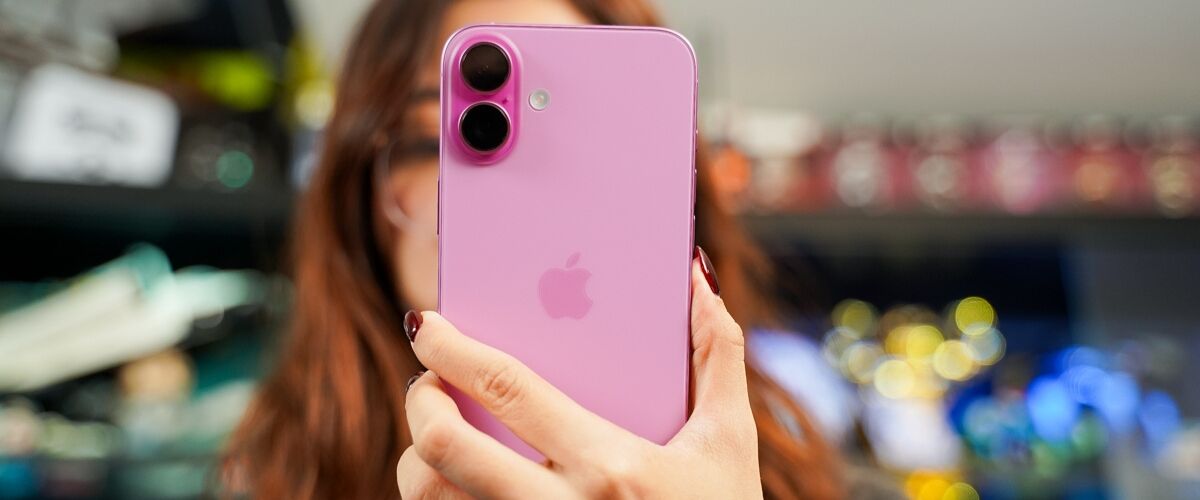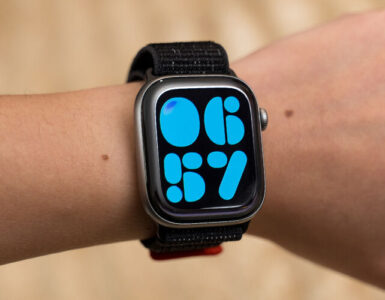If Size and Price had a meeting to discuss the best dimensions for a large screen device without breaking the bank, Apple’s Plus range would be the outcome. The iPhone 16 Plus marks the third year of Apple’s reintroduction of the Plus model, currently in its second iteration, that started with the iPhone 14 series.
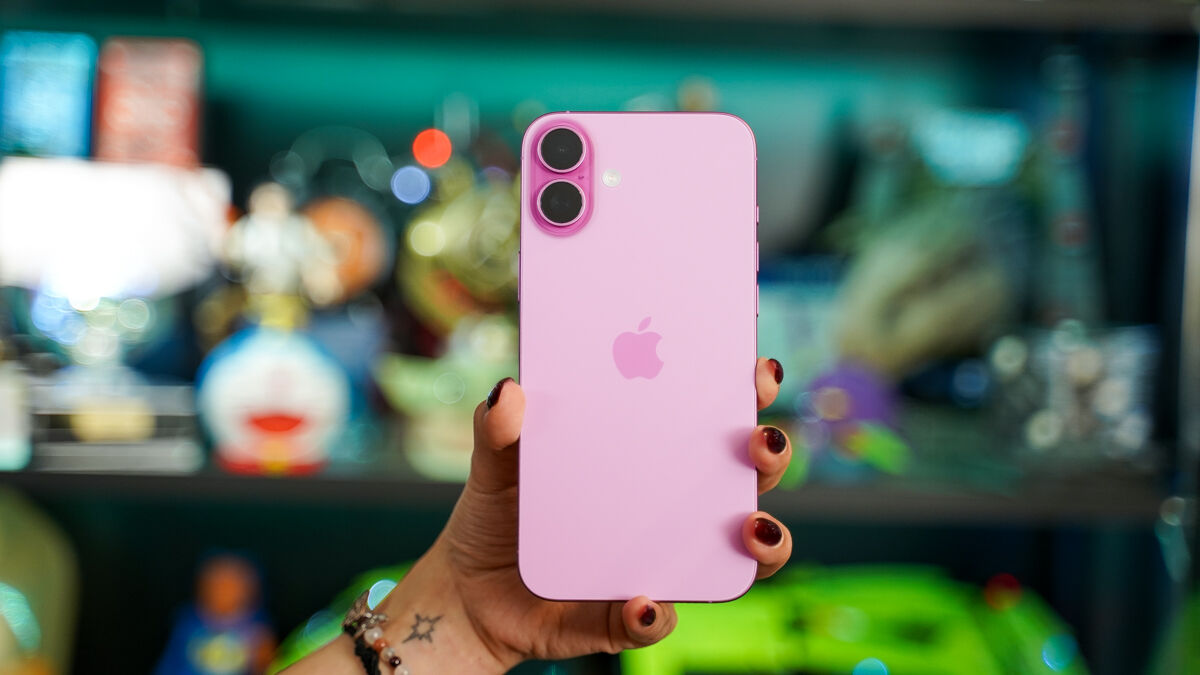
It’s a larger screen device, currently at 6.7-inch, for those who want the real estate, but not necessarily the souped up camera and processor capabilities of the Pro Max model. Priced from S$1,399, the Plus models bridge the gap between the standard iPhone 16 and the now slightly larger, 6.9-inch, iPhone 16 Pro Max, but with enhanced battery life and the new, base A18 chip. For the pragmatic majority whose iPhone usage centres around everyday tasks rather than professional-grade videography, the non-Pro models often prove to be the more sensible choice.
While the allure of advanced video features might tempt some, the iPhone 16 and 16 Plus make a strong case for those who prioritise practicality, especially with the introduction of new features like the Camera Control and Action Button that bridge the gap between standard and Pro, offering features like macro photography capabilities, and spatial photo and video recording previously exclusive to the high-end Pro models.
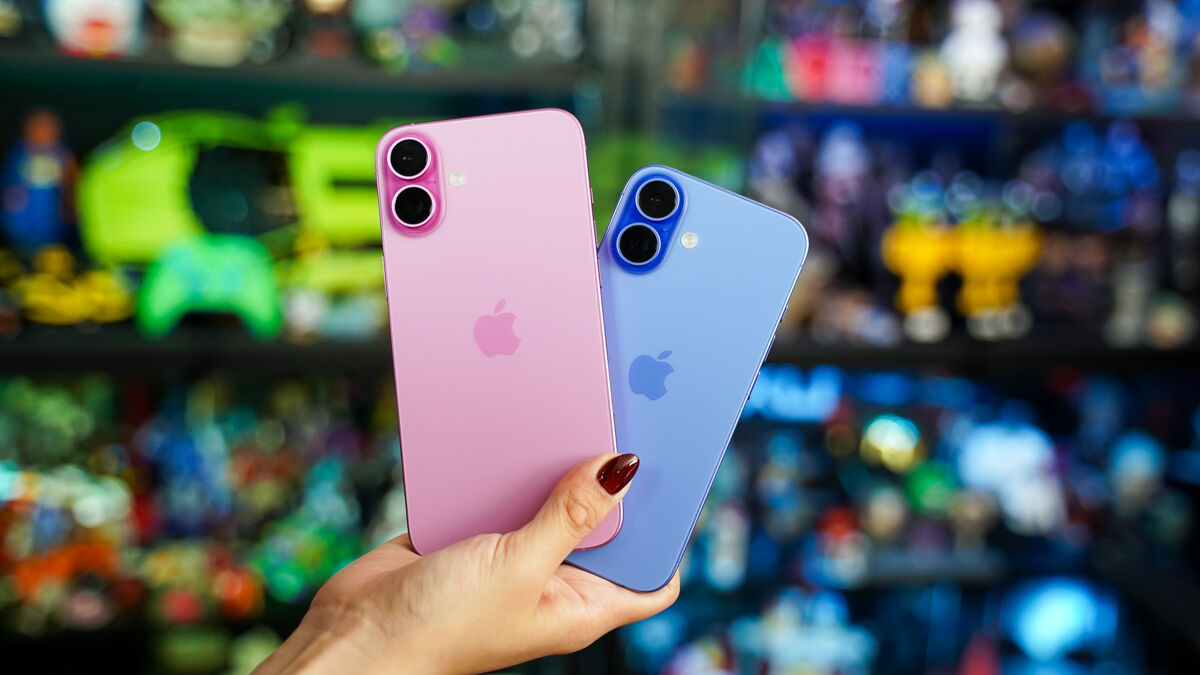
When deciding between the iPhone 16 and its larger counterpart, the iPhone 16 Plus, the choice largely hinges on size preference. Weighing in at 203 grams, the 160.9 x 77.8 x 7.8mm iPhone 16 Plus feels bulky in smaller hands such as mine, similar to its predecessor. Users with smaller hands may find it unwieldy, and even those with larger hands might notice its heft after extended use, like holding it up to take videos at a concert. This bulk, however, is expected and comes with the territory of its larger display. The 6.7-inch Super Retina XDR screen, with 2796 x 1290 pixel resolution at 460 pi (pixel per inch) is ideal for those who love to immerse themselves in videos, games, or productivity tasks, though it is also a point of contention.
Stuck at a low 60Hz refresh rate, it trails behind less expensive competitors including the Samsung Galaxy A55 and Google Pixel 8a, which boast higher refresh rates of 120Hz, and at a fraction of the cost. This continued adherence to 60Hz is baffling and frustrating for users expecting current standards in display technology from a semi-flagship device.
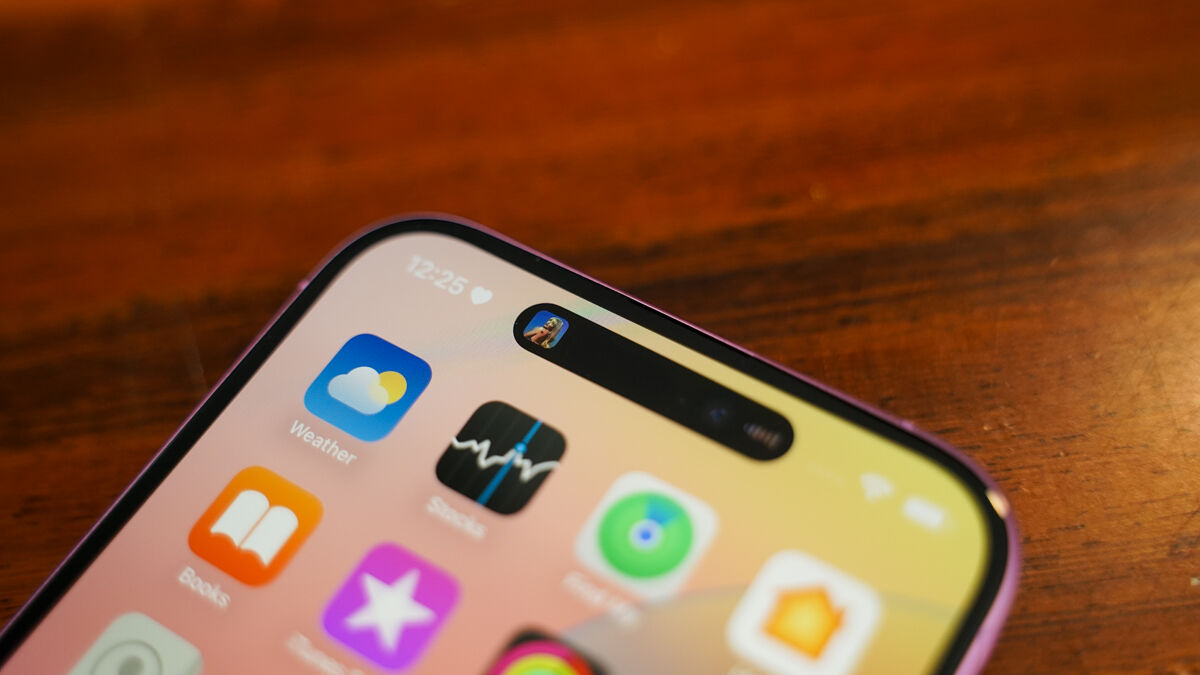
Still, it’s just one feature in a sea of factors that impact the display and the iPhone 16 Plus does offer improved brightness, matching the Pro models with a peak of 2,000 nits HDR and a minimum of 1 nit. If you dial up the brightness, you can still view the display along with the Dynamic Island while out in direct sunlight, though it has its limits and cannot match some of the brighter screens out there, such as the impressive 2,700 nits on the Google Pixel 9. Perhaps its to keep the distinction with its Pro Max counterpart, which has the same Super Retina XDR OLED screen, but at 120Hz.
Outdoor visibility remains a challenge for the iPhone 16 Plus, particularly under direct sunlight where screen performance still lags despite improvements. This can be particularly frustrating when trying to use your phone under the harsh afternoon sun.
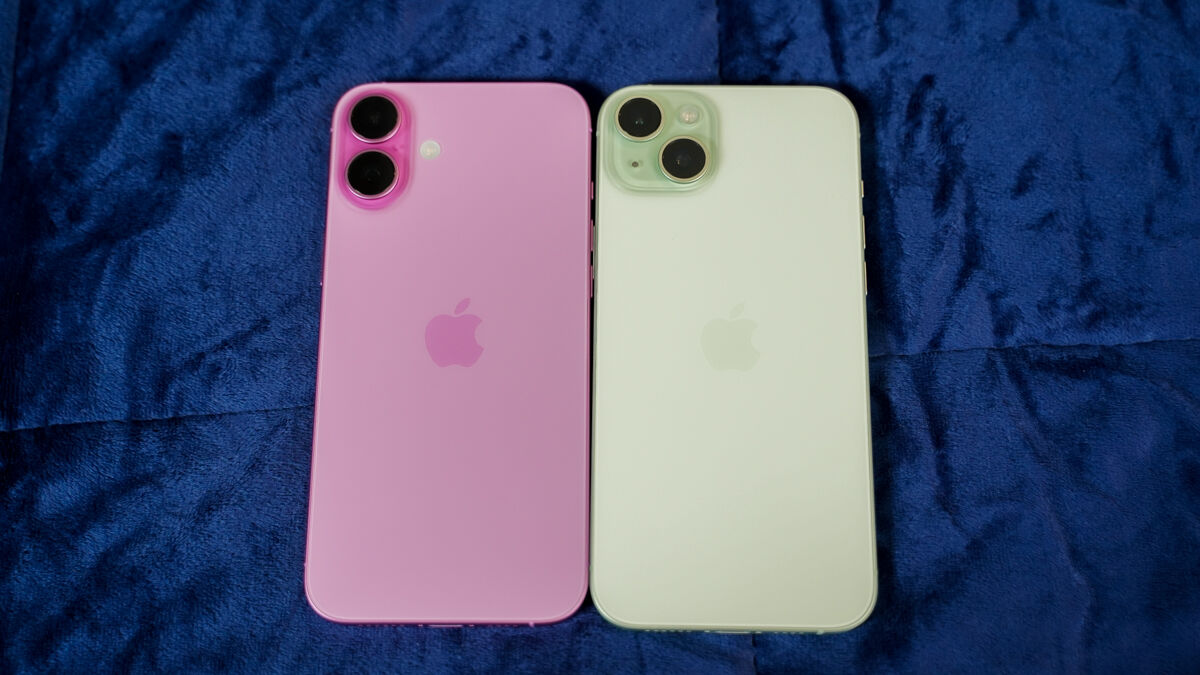
In terms of design, Apple’s philosophy has remained steady since the iPhone 12 series, with minor tweaks rather than sweeping changes – until now. The iPhone 16 Plus introduces a significant design shift from the typical square camera bump to a sleek, vertical dual camera system, harking back to the iPhone X but with notably larger lenses. This subtle yet meaningful design update complements the introduction of a new Camera Control button, located alongside the Power button on the right edge of the device.

This capacitive, pressure-sensitive button invites users to interact with the camera in a more intuitive way, functioning as a dual-action shutter button, with support for swipe gestures for zoom and exposure adjustments. A simple press while the phone is locked activates the camera, and another captures the shot. The camera hardware itself remains largely unchanged from its predecessor, featuring a 48MP main sensor and a 12MP ultrawide lens with an improved f/2.2 aperture for better low-light performance. The selfie camera also remains the same 12MP, f/1.9 unit.
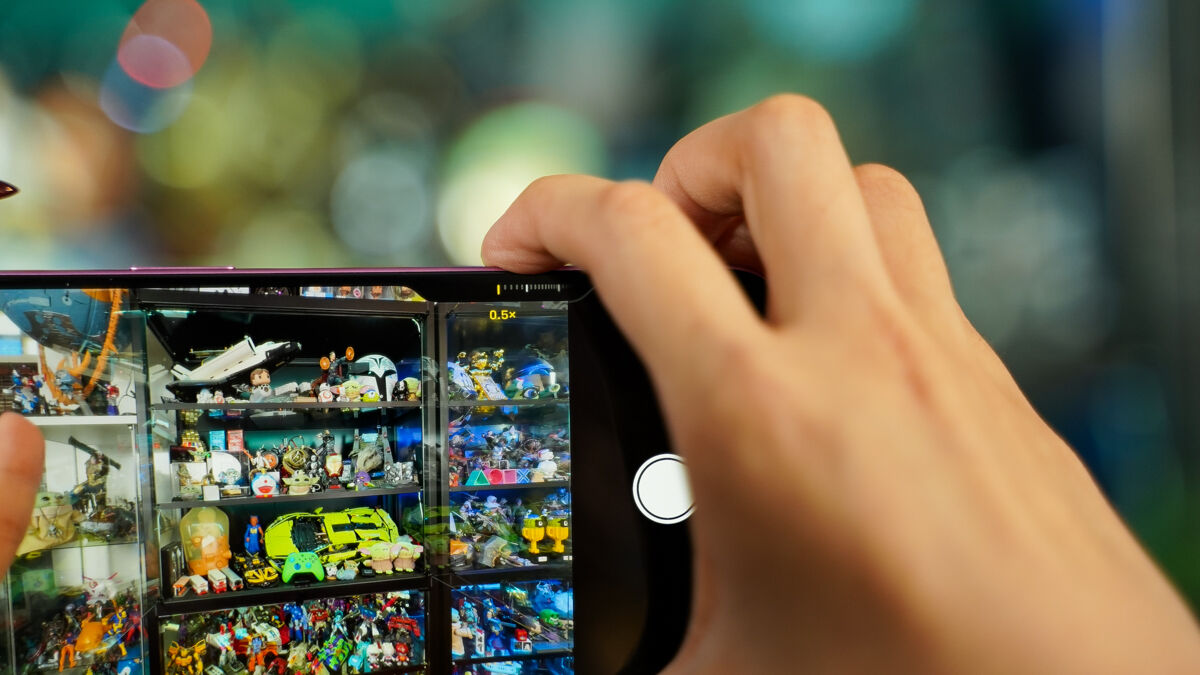
The Camera Control button also recognises varying pressure levels, mimicking but not duplicating the physical shutter button found on mirrorless cameras. It takes some getting used to when you physically press down on the button to turn on the camera, but apply slight pressure to toggle between zoom distances, photo modes, depth and aperture.
Our initial thought was that we already have enough trouble navigating the existing buttons, so must there be more? But after testing it out, the button serves as a way to zoom the camera in and out. It’s a welcome addition that makes the iPhone feel more like a dedicated camera. A press captures a photo, a press-and-hold initiates video recording, and swipes adjust settings like zoom and exposure. While this new button offers exciting possibilities, it currently lacks access to more advanced controls like shutter speed and ISO, which would be appreciated by photography enthusiasts.

On the audio front, the iPhone 16 Plus inherits the Audio Mixing feature from their Pro counterparts, allowing users to adjust audio levels in various formats, such as In-Frame, Studio, and Cinematic. after recording a video – a boon for videographers seeking greater control over their projects.
Looking beyond the screen and camera, the iPhone 16 Plus boasts considerable hardware advancements. The base A18 processor, coupled with a uniform 8GB of RAM across all models this year, ensures ample power for Apple’s suite of new and upcoming generative AI features. Despite not being the most advanced model, the iPhone 16 Plus does not compromise on performance, capable of handling everything from the dual ultrawide cameras to the demanding requirements of upcoming Apple Intelligence features.

Sadly, Apple Intelligence will only debut with iOS 18.1 next month so we’re unable to test it out now, but these features will leverage the A18 chip’s capabilities, which is manufactured using a new 3nm process and offers a 30% faster CPU performance than its A16 Bionic predecessor. This enhancement ensures that the iPhone 16 and 16 Plus can smoothly manage AAA gaming titles, support hardware-accelerated ray tracing, and maintain responsiveness in daily tasks such as launching apps and taking photos.
What’s even more surprisingly is that, Apple Intelligence which includes a range of AI-driven tools like a new Siri, Writing Tools, and ChatGPT integration with OpenAI, will be available across all iPhone 16 models, though it remains to be seen if the 5-core A18 or the 6-core A18 Pro offer any discernible differences in hardware performance. This includes practical utilities like Mail Summary, which succinctly summarises emails, and a Call Recording and Summary feature that not only records calls but also generates transcripts and summaries directly in the Notes application.
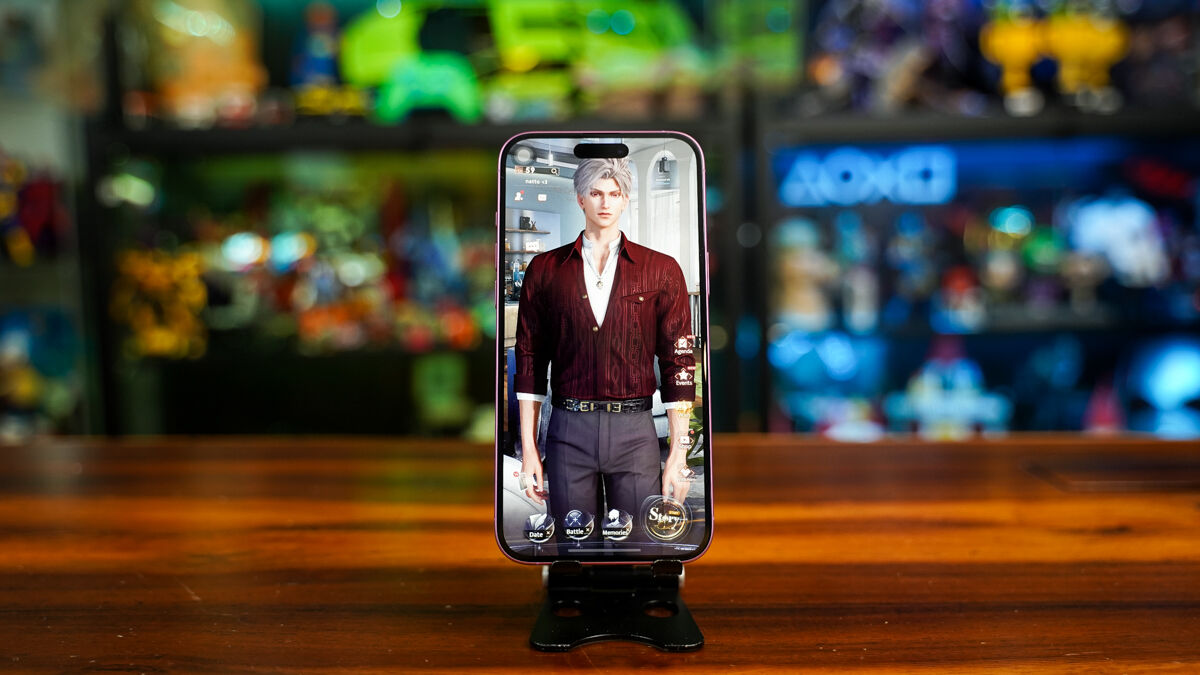
As for battery life, Apple is never known for disclosing the size and capacity of its batteries, though they have always touted improved performance. Apple promises all-day endurance, and real-world testing backs this claim. From morning pilates classes to a night out playing Dungeons & Dragons, the battery dropped only from 100 per cent to 50 per cent, despite heavy use of Google Maps for navigation, Grab for ride-booking, and squeezing in side quests in the mobile game Love and Deepspace amidst frequent social media doomscrolling on Instagram, Telegram, and TikTok.
Further enhancing its appeal, the iPhone 16 Plus supports 25W MagSafe charging and the new Qi2 standard, ensuring faster wireless charging than its predecessors. However, it appears there have been no advancements in USB-C wired charging speeds, which is a minor disappointment in an otherwise impressive package.
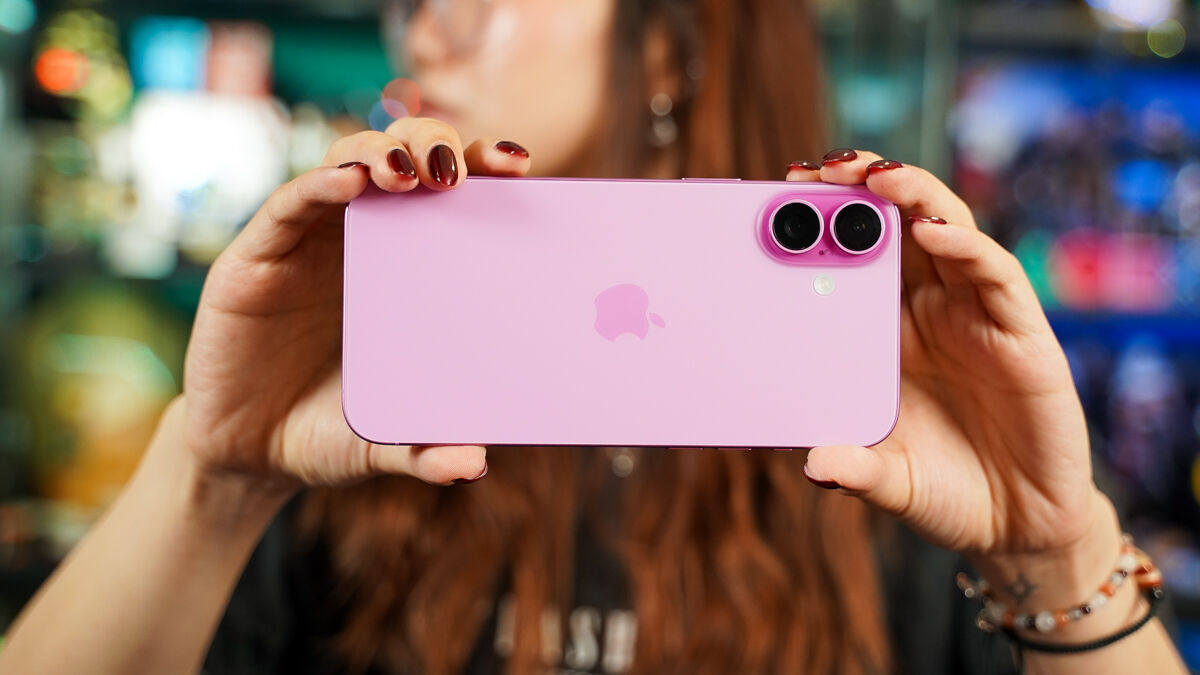
Apple has also upped its game in the aesthetics department. The available hues, including a striking Pink and a unique Ultramarine – a nuanced blend of blues – along with Teal, Black, and White, are enhanced in natural light, showcasing a vivid, shimmering finish. These bold colours (especially the Pink that makes us feel like we’re a Barbie girl, living in a Barbie world…), coupled with the phone’s sleek design, might even tempt users to ditch the case altogether. The phone is also noticeably lighter and more durable than its predecessors, thanks to an aerospace-grade aluminium body and a smooth finish that resists smudges. This lightness, combined with the vibrant colours, makes for a truly premium feel in the hand.

This year, Apple has blurred the lines between its standard and Pro models more than ever, making the choice between them increasingly challenging for consumers. The iPhone 16 Plus shares many of the same advancements as the iPhone 16 Pro models, including the new ultrawide camera, Camera Control button, and the powerful A18 chip, all while retaining their previous price points. This parity extends to Apple Intelligence features, suggesting that the standard iPhone 16 Plus offers exceptional value, providing high-end features without the Pro price tag.
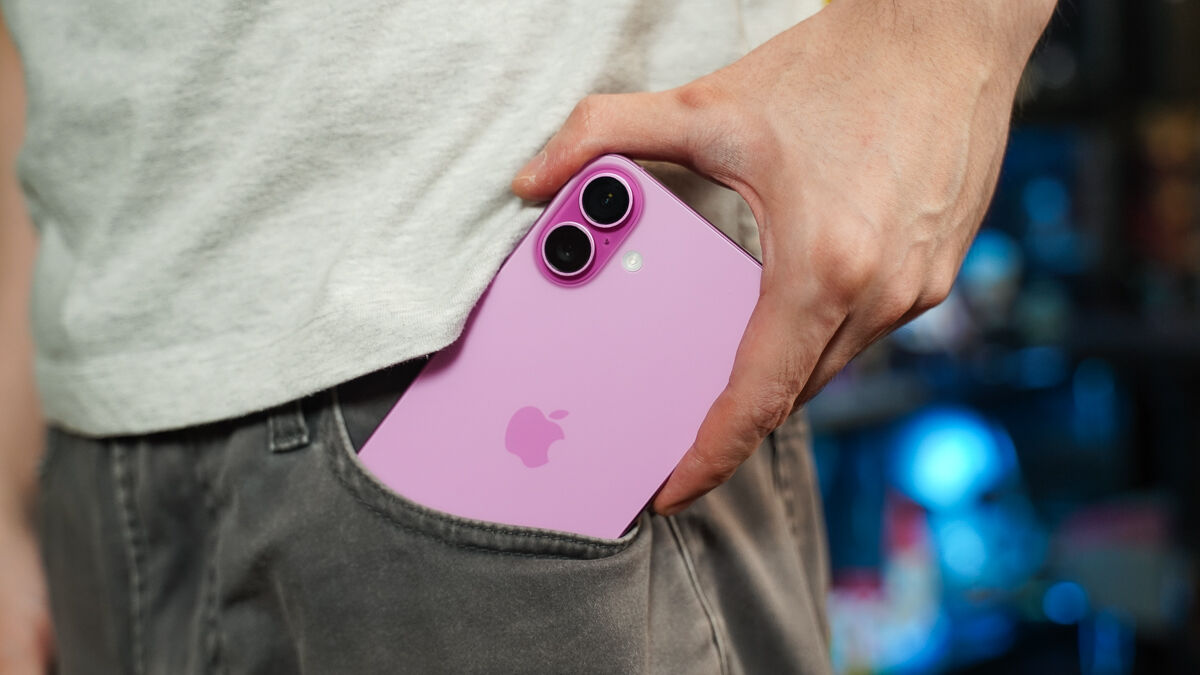
Apple’s strategic move to equip the iPhone 16 Plus with some Pro-level features, combined with its attractive design and impressive battery life, makes it a compelling option for those seeking a premium iPhone experience without the premium price. While the 60Hz display remains a point of contention, the overall package is hard to ignore. The iPhone 16 Plus may not be the most groundbreaking iPhone, but it’s undoubtedly a smart choice for those who value practicality, performance, and a touch of luxury.
GEEK REVIEW SCORE
Summary
The iPhone 16 Plus not only offers a larger screen for those who prefer a more substantial device but also packs a more ‘Pro’ experience than ever before, challenging the distinction between standard and professional tiers.
Overall
8.6/10-
Aesthetics - 10/10
10/10
-
Build Quality - 8.5/10
8.5/10
-
Performance - 8/10
8/10
-
Value - 8.5/10
8.5/10
-
Geek Satisfaction - 8/10
8/10

